Abstract
In August of 2021, Apple announced a series of controversial features for its iPhone iOS 15 operating system designed to combat the spread of child sexual abuse material (CSAM). Two of the most notable features included: (1) client-side scanning of photos stored within the iCloud Photos application and (2) content moderation of user communications within the Messages application. Many privacy advocates raised serious concerns over the processes Apple proposed and the possibility of exploiting this technology for other ends—“function creep”—with a potential chilling effect on associative freedoms more generally. These concerns require re-examining the uneasy relationship between the Fourth Amendment and the Electronic Communications Privacy Act (ECPA) to fully understand what makes these features so controversial in addition to analyzing Apple’s proposed technologies in detail. This note does not take issue with combating the spread of CSAM through technological means. Rather, it seeks to explain why concerns about Apple’s proposed features, in particular, are justified. It explores how Apple’s proposed safety features could undermine individuals’ reasonable expectation of privacy (REP) in their smartphone devices and electronic communications, as well as potentially create opportunity for further judicial inconsistencies. Finally, it proposes a new framework as an attempt to address these multifaceted issues: that the Supreme Court recognize the encryption of communications, data and files from personal smartphone devices as akin to the walls of one’s home in a search context. This metaphor helps harmonize the ECPA’s and the Fourth Amendment’s different oversight requirements to reinforce individuals’ REP in electronic communications and smartphone devices.
Link to Full Note:
Walling Off Privacy: Apple’s NeuralHash Controversy, The ECPA, The Fourth Amendment, and Encryption
